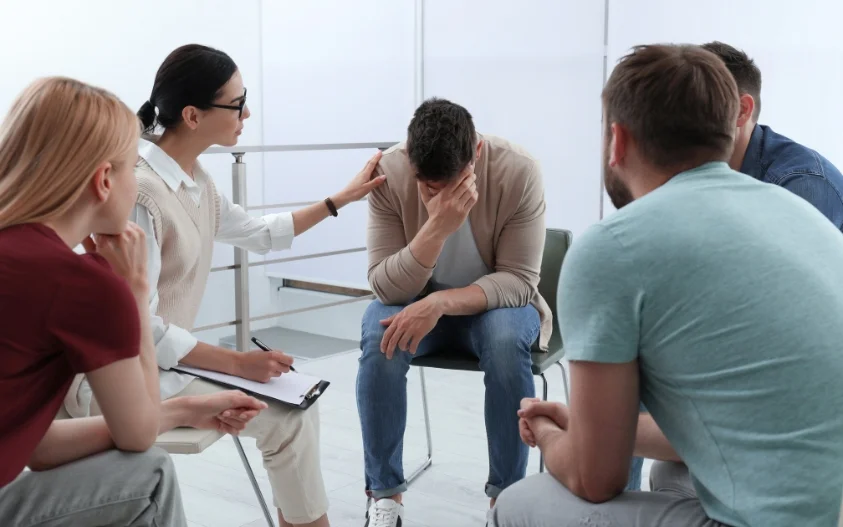24/7 Helpline:
(866) 899-111424/7 Helpline:
(866) 899-1114
Learn more about PTSD Treatment centers in Lima
PTSD Treatment in Other Cities

Other Insurance Options

Meritain

Medical Mutual of Ohio

Multiplan

BlueCross

Ambetter

Optum

Aetna

Magellan Health

Ceridian

UMR

Health Partners

Choice Care Network

Group Health Incorporated

Self-pay options

Private insurance

United Health Care

Amerigroup

Excellus

Molina Healthcare

WellPoint
















